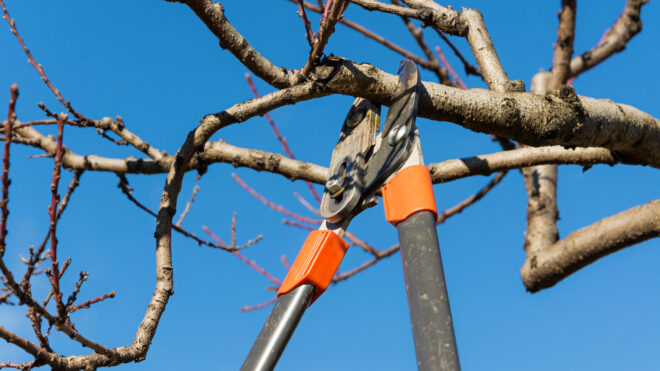If you own property, there’s a good chance you have trees on it. But did you know that these towering plants require maintenance and care? Since trees are living creatures, you’ll need to know how to keep them healthy, and when to take action if they’re not healthy.
Read on to find a beginner’s guide to tree maintenance!
Check the Soil and Mulch
Soil enables a tree to get the nutrients and moisture it needs. Especially in a tree’s first few years, you’ll want to be certain the soil around it has enough water. This helps the roots and root ball stay moist so that the tree can flourish.
Soil should be watered enough that it forms a solid pack around the tree. Soil forms a sturdy foundation for the tree and helps keep harmful materials away from the roots. It is helpful to determine the composition of the soil around your tree so you know if it lets water reach the roots quickly or slowly.
Mulching around your tree is another critical step to ensure that the roots get enough moisture. Otherwise, they’ll deplete moisture from the grass or nearby trees. A solid mulch contains a blend of bark, tree needles, and other organic materials.
If you’re not sure what changes your soil needs to keep your tree healthy, consult with an arborist. They can test the soil and determine if fertilizer is needed to enhance the nutrient load.
Aim to keep the mulch stacked several inches high above the roots, but don’t let it touch the tree trunk. This can form too much of a seal. And aim to check and replenish the mulch each spring.
Tree Maintenance Includes Pruning
Part of caring for trees is making a point of pruning your trees. When you trim trees, you enhance their overall shape as well as the curb appeal of your property. You also increase the likelihood that the tree will thrive for a longer time.
Trimming may involve thinning the crown to remove dense branches. If you’re not getting enough sunlight on your property, this is a good way to let in more light. You also may remove dead or sick branches, as well as low-hanging branches that could become hazardous to people walking near the tree.
For a new tree, it may be necessary to prune more often to remove branches that get in the way of growth. But for trees that have been around decades or longer, trimming may not need to happen more than every few years or so. Do a regular assessment of your tree!
Water Your Trees
When you water your lawn or flowers during the hot summer months, make a point of watering your trees, too. In fact, you should try to water trees twice a month as part of your lawn care plan. Watering a tree means aiming for the soil since that’s what will surround the roots.
Watering is especially important for newer trees that require more water to grow and develop deeper roots. If you see cracks in the soil, it’s an indicator that the soil is too dry. And if you can’t insert a garden tool or screwdriver more than six inches beneath your soil, that’s another sign the soil is too dry.
On hot days, plan on watering in the early morning or evening. Doing this will help keep the soil moist and avoid evaporating under the intense sun. You can try drip irrigation for a more measured approach to watering that prevents the soil from getting too wet and soggy.
Know the Signs of a Sick Tree
Unfortunately, just like humans, trees can get sick. Fortunately, there are some clear visual clues that can alert you to problems during regular yard care. Trees that never sprout new leaves in the spring after a long winter may be sick. Or trees that start to lean awkwardly may be sick or dying.
Other signs of a sick tree include spotted leaves, fungi, and peeling bark. Roots that sit above the surface suggest health issues, too. And while seeing critters on your tree might seem normal, too many pests can be a sign of tree health issues.
If you have any concerns about the state of a tree, your best bet is to call an arborist. They will have the training and experience to determine if a tree can be saved, or if it should be removed. And in some cases, tree removal is essential to preserve nearby structures and keep passersby safe.
For instance, trees that lean over properties could fall if they sustain storm damage. Likewise, trees sitting near intersections could obstruct drivers’ views and cause accidents. Trees with lots of dead branches could drop them at any time, too, and injure people.
If you do need to plant a new tree, find the right spot for it. Ensure that the tree will have enough space if it will produce a broad canopy. And try not to put it too close to other trees or buildings.
Make Tree Care a Priority
Tree maintenance should be an ongoing part of your lawn care routine. With regular watering and check-ups with trained arborists, you can ensure that your tree is healthy and safe. And by knowing the signs of a sick tree, you can take action to help restore its health or the health of the trees around it.
When you’re ready to give your tree the care it needs, contact us and we can help!

